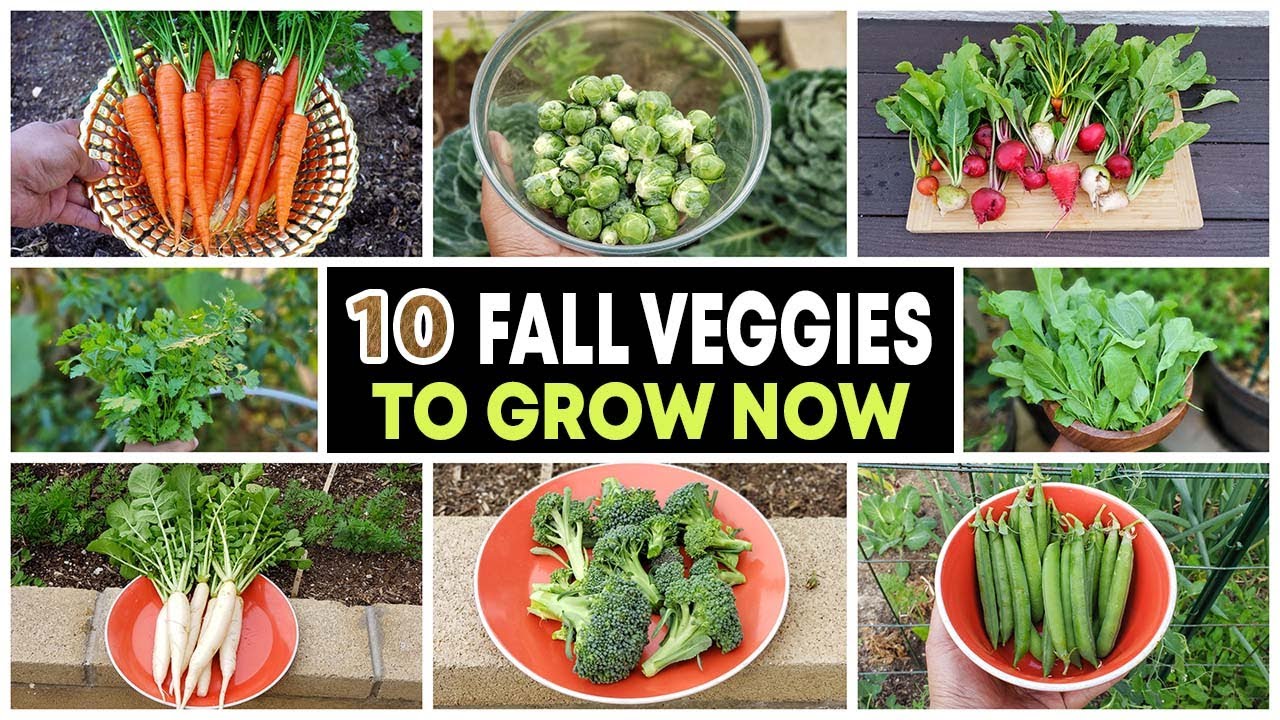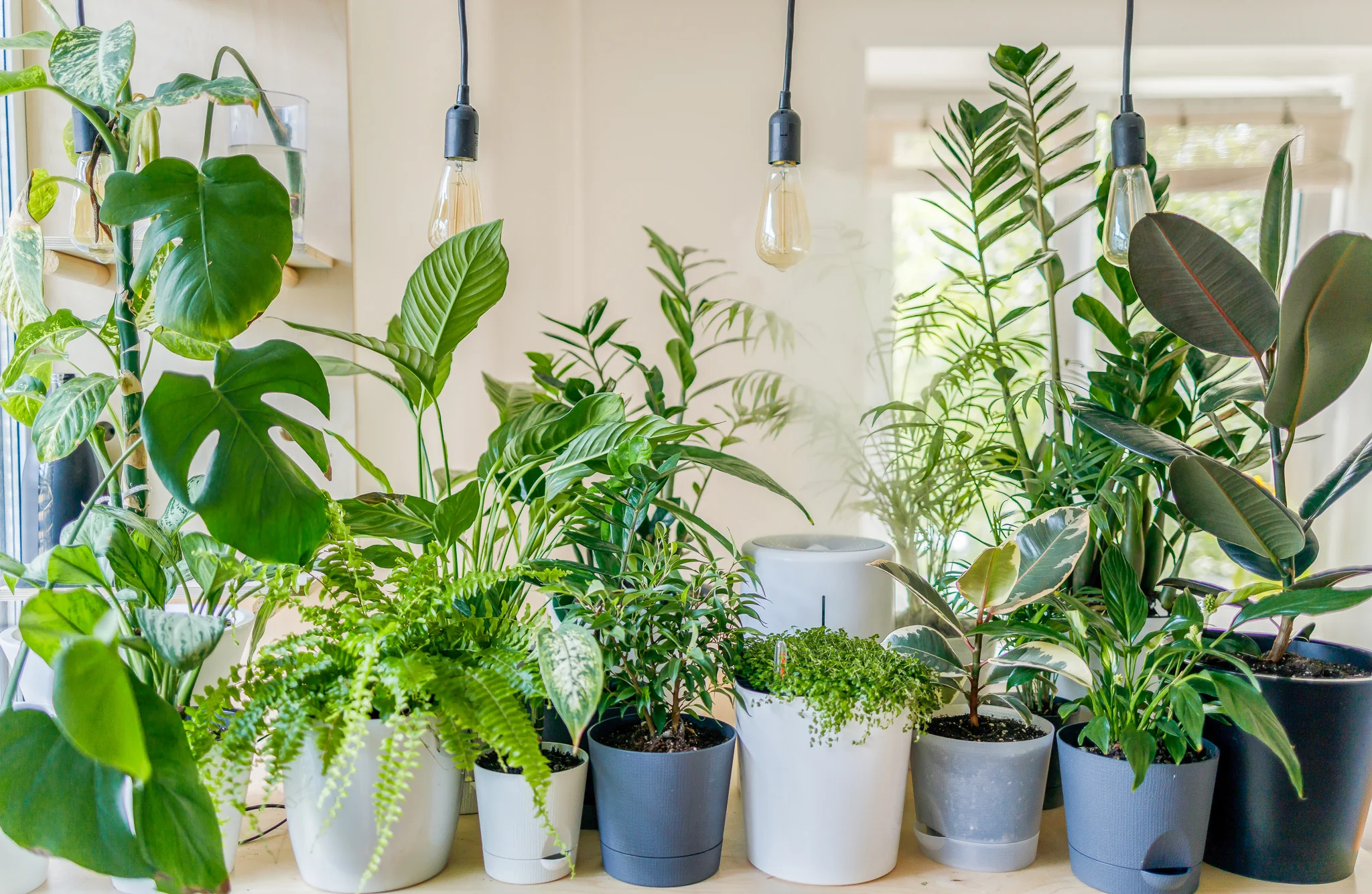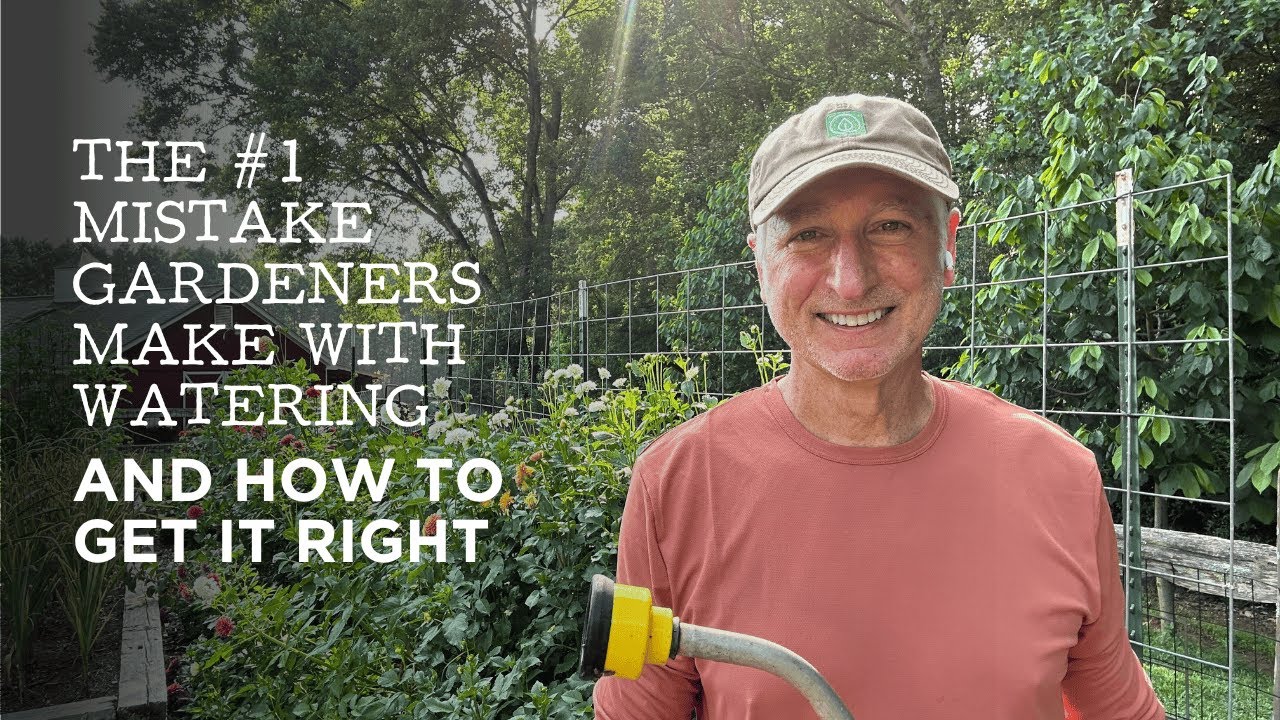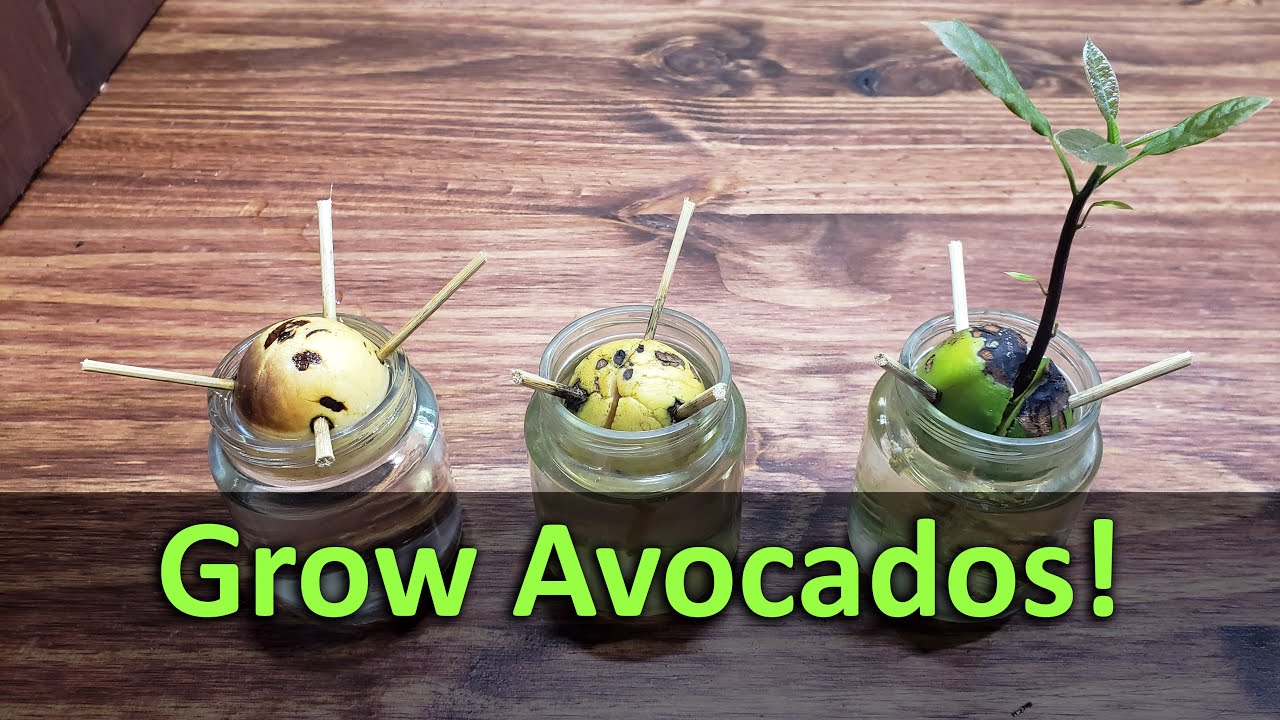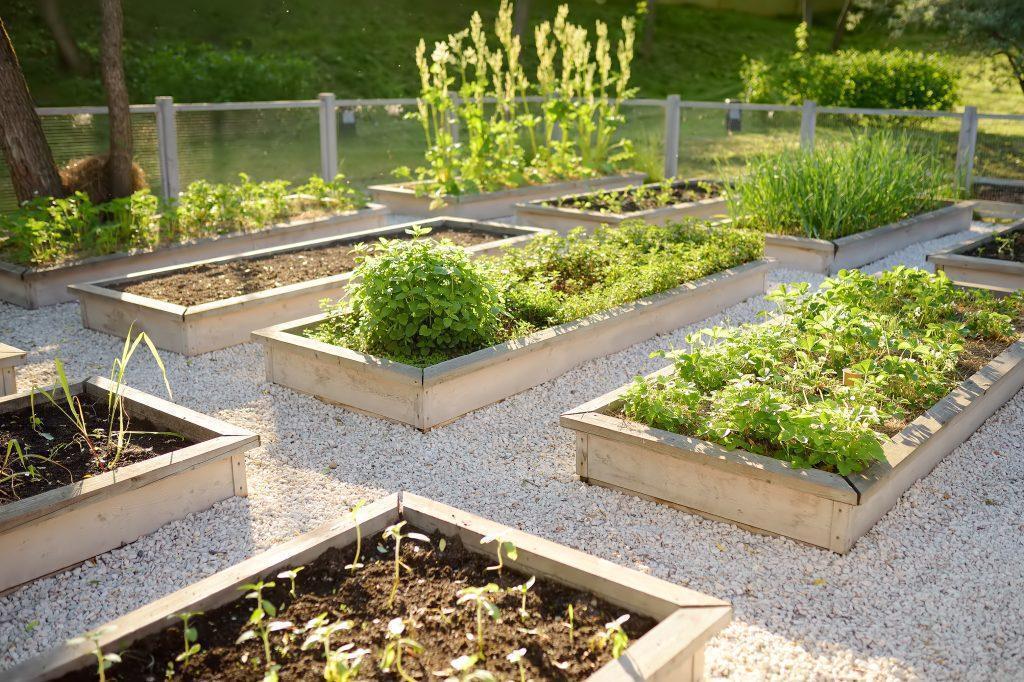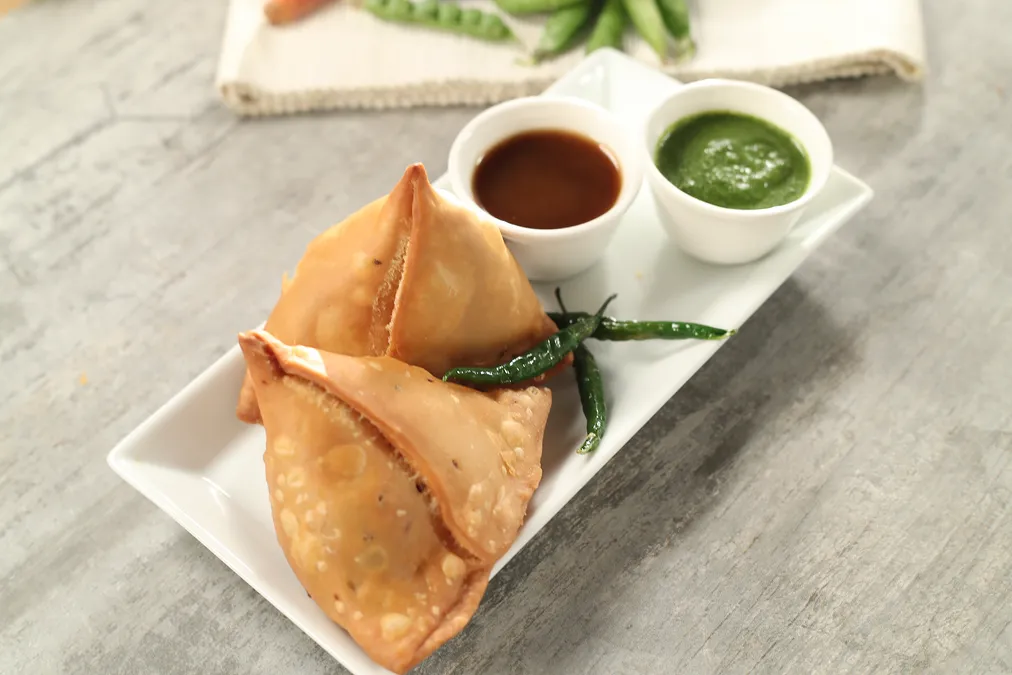Let’s look at the best vegetables you can grow at home, even if you are a beginner.
1. Tomato (Tamatar)
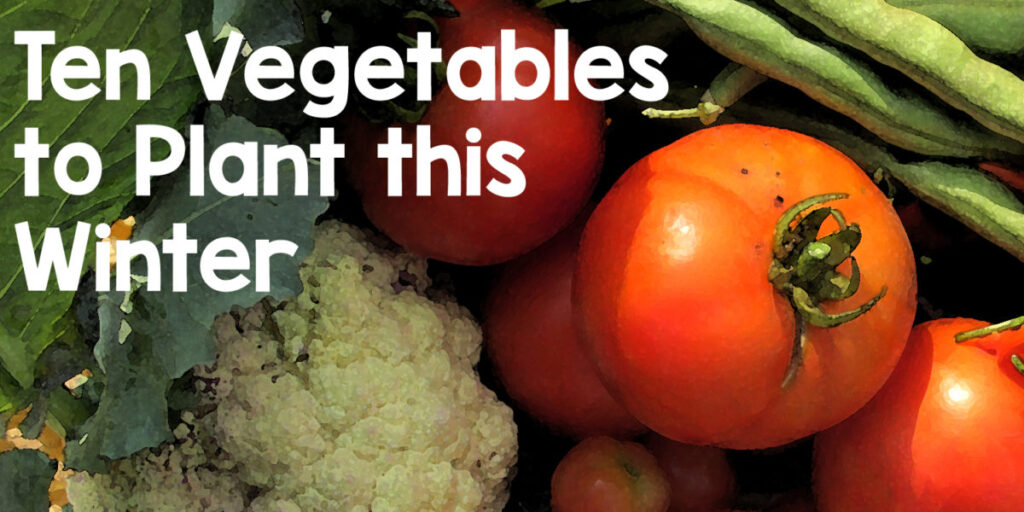
Why it’s great:
Tomatoes grow well in pots and give lots of fruit.
Container size:
12–14 inch deep pot
Sunlight:
6–8 hours daily
Tip:
Use a stick for support as the plant grows tall. Water regularly and add compost every 2 weeks.
2. Chilli (Mirchi)
Why it’s great:
Chillies grow quickly and are used in almost every Indian dish.
Container size:
10–12 inch pot
Sunlight:
At least 5–6 hours
Tip:
Pluck chillies regularly to grow more. Don’t overwater.
Also Read Fight Garden Pests Naturally: 10 DIY Organic Pesticides From Your Kitchen
3. Coriander (Dhaniya)
Why it’s great:
Fresh coriander adds flavour to all meals. Grows fast and needs little care.
Container size:
Shallow trays or pots (6–8 inches deep)
Sunlight:
Partial shade to full sun
Tip:
Soak seeds in water for 2 hours before planting. Water lightly every day.
4. Spinach (Palak)
Why it’s great:
Loaded with iron and vitamins. Can be harvested multiple times.
Container size:
8–10 inch deep wide pots
Sunlight:
4–5 hours
Tip:
Cut the leaves, not the root. The plant regrows in 10–15 days.
5. Fenugreek (Methi)
Why it’s great:
Fast-growing leafy green. Good for digestion and heart.
Container size:
Shallow wide pot or tray
Sunlight:
4–6 hours
Tip:
Sprinkle seeds evenly. Keep soil moist, not soggy.
6. Ladyfinger (Bhindi)
Why it’s great:
Easy to grow in warm Indian climate. Tasty and healthy.
Container size:
12-inch deep pot
Sunlight:
6–8 hours
Tip:
Harvest when pods are 2–4 inches. Longer ones become tough.
7. Carrot (Gajar)
Why it’s great:
Crunchy and full of nutrients. Best grown in winters in India.
Container size:
12–14 inch deep pot (long)
Sunlight:
Full sunlight
Tip:
Use loose, sandy soil. Avoid hard soil to prevent bent carrots.
8. Beetroot (Chukandar)
Why it’s great:
Very nutritious. Grows quickly in pots.
Container size:
10–12 inch deep pot
Sunlight:
6 hours daily
Tip:
Thin out the plants when small. Leaves are also edible.
9. Brinjal (Baingan)
Why it’s great:
Popular in Indian cooking. Can grow many brinjals from one plant.
Container size:
14-inch pot or grow bag
Sunlight:
6 hours or more
Tip:
Add neem oil spray if pests appear. Stake the plant for support.
10. Beans (Sem/ French Beans)
Why it’s great:
Grow vertically and don’t take much space.
Container size:
12–14 inch deep pots with support sticks
Sunlight:
6–8 hours
Tip:
Water well when pods start forming. Harvest early for tender beans.
General Potting Mix for All Vegetables
Use this standard mix for most vegetables:
- 40% garden soil
- 30% compost or cow dung
- 20% cocopeat or dry leaves
- 10% sand for drainage
This mix holds moisture, drains well, and feeds the plants.
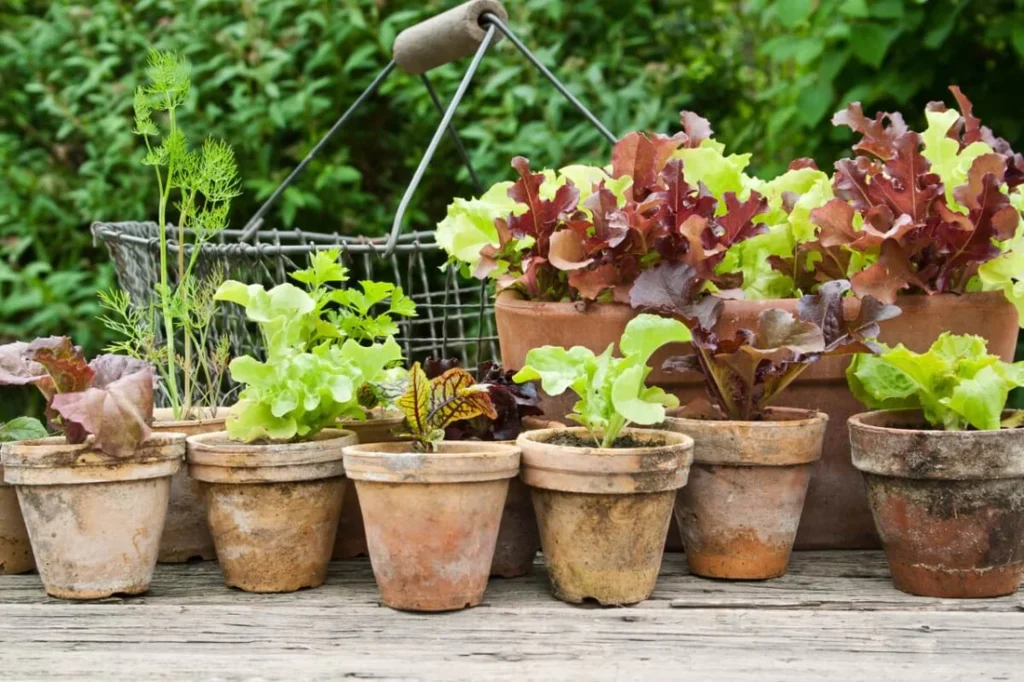
Natural Fertilizer Options
Feed your plants every 2–3 weeks using:
- Compost (kitchen waste compost or vermicompost)
- Banana peel water (rich in potassium)
- Buttermilk spray (boosts soil bacteria)
- Wood ash (for potassium and pest control)
Avoid chemical fertilizers if you want organic veggies.
Common Problems and Quick Solutions
| Problem | Cause | Solution |
|---|---|---|
| Yellow leaves | Overwatering or poor soil | Improve drainage and reduce water |
| No fruit | Low sunlight or no pollination | Move to sunny spot, shake flowers |
| Pest attacks | Aphids or mealybugs | Neem oil spray every 7 days |
Seasonal Tips for Indian Climate
| Season | Best Vegetables to Grow |
|---|---|
| Summer (Mar–Jun) | Chillies, Brinjal, Tomato, Okra, Beans |
| Monsoon (Jul–Sep) | Methi, Spinach, Coriander, Beans |
| Winter (Oct–Feb) | Carrot, Beetroot, Cabbage, Broccoli, Peas |
Plan your garden by season for better harvest.
FAQs on Growing Vegetables in Pots
Q1. Can I grow vegetables from kitchen scraps?
Yes. Coriander roots, garlic, onion, and even chillies can be regrown.
Q2. How much water do potted plants need?
Water once a day in summer, and every 2–3 days in winter. Check the soil before watering.
Q3. Do I need to buy expensive pots?
No. Use old buckets, paint tubs, or even broken kitchen pots with holes at the bottom.
Q4. What are the best places to keep pots?
Balconies, terraces, windowsills—anywhere with sunlight and good airflow.
Q5. When should I replant or change the soil?
After 2–3 months, add new compost or change the soil to keep it fertile.
Final Thoughts
Growing vegetables in pots is easy, fun, and very rewarding. You get to eat fresh, organic food straight from your own home. It saves money, reduces your carbon footprint, and makes your home greener.
Start small. Choose 2–3 easy vegetables like spinach, tomato, or methi. As you get confident, add more plants.
With patience and regular care, you’ll have your own mini farm—even in the middle of a city!
Author- Ayush

